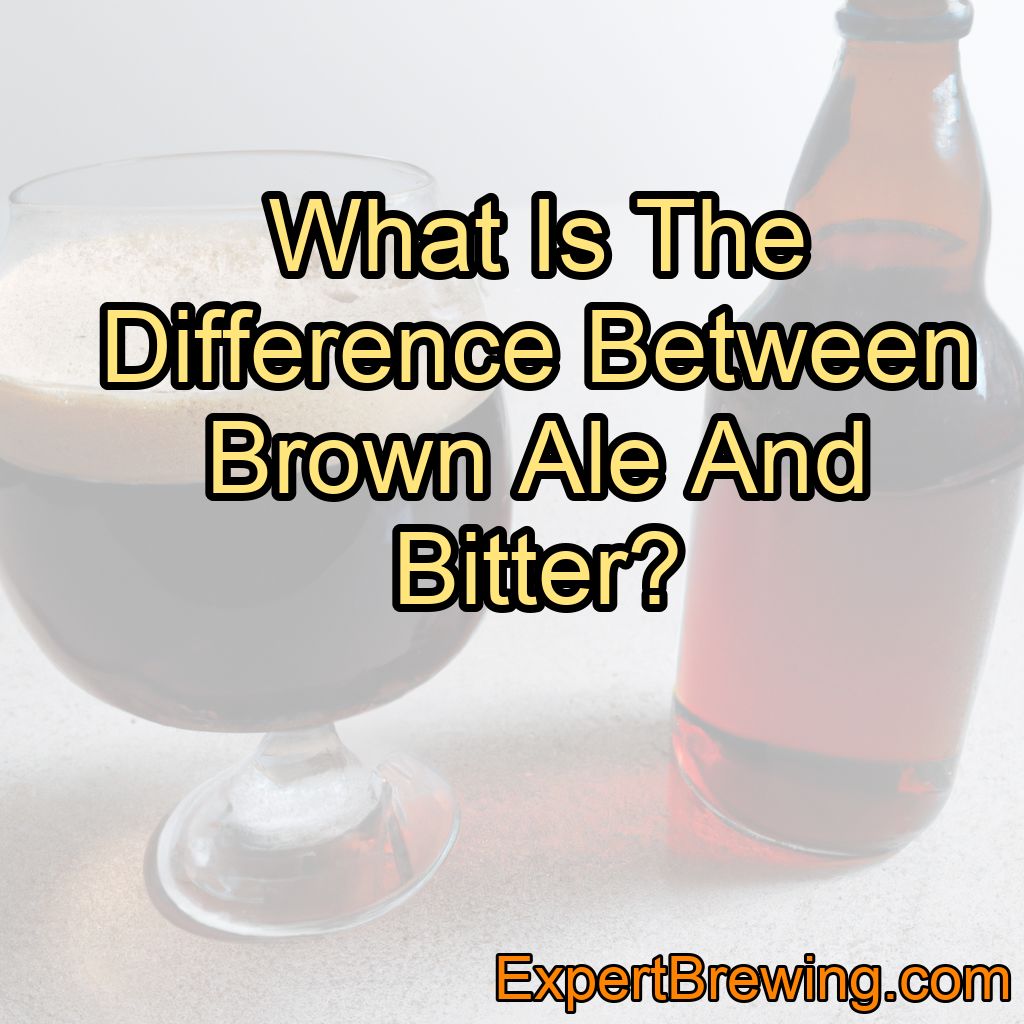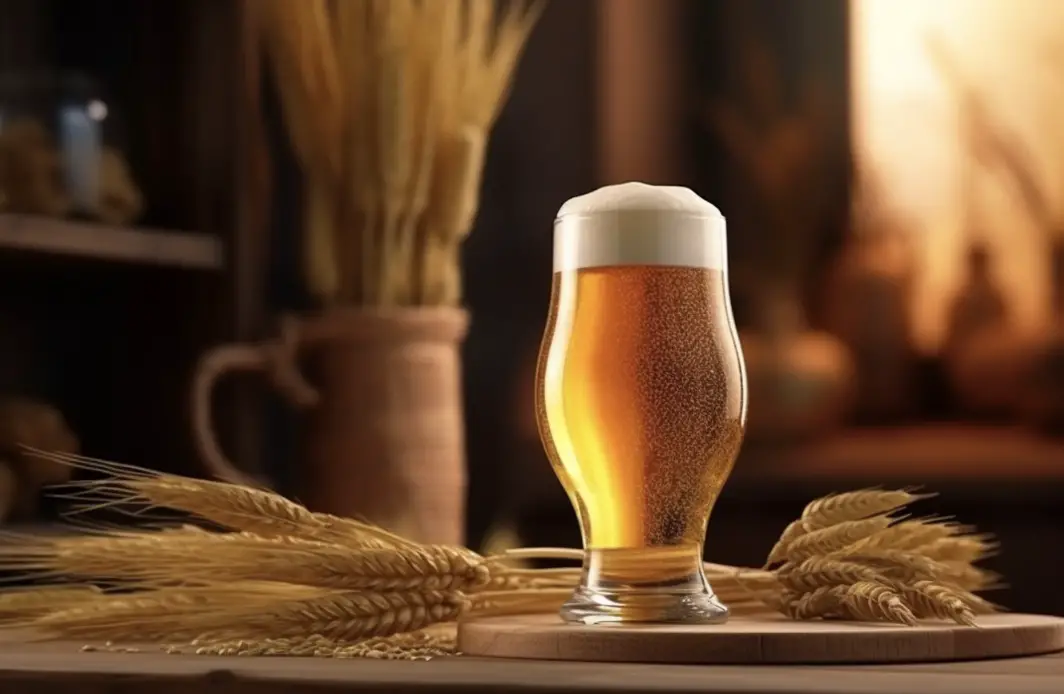As a brewer with years of experience, I have had the pleasure of making, tasting, and analyzing a wide array of beer styles. Among them, brown ales and bitters remain two of my favorite and most frequently brewed styles.
Both originating from England, these beers have a rich history and a plethora of unique flavor profiles that make them a staple in the beer world.
The main difference between brown ales and bitters is that brown ales are malt-focused beers, typically featuring caramel and chocolate flavors, while bitters are hop-forward beers with a more pronounced bitterness and herbal or earthy flavors.
In this article, I will dive deep into the differences between brown ales and bitters, sharing my personal experiences and knowledge of these two delicious beer styles.
Brown Ale: An Overview
Brown ales are a category of beer that originated in England, with the first documented use of the term “brown ale” dating back to the early 18th century.

Over time, the style has evolved and spread around the world, with regional variations taking on distinct characteristics. Some common types of brown ales include English Brown Ale, American Brown Ale, and Belgian Dubbel.
Flavor Profile
Brown ales are characterized by their rich, malt-forward flavor profile. They typically feature prominent caramel and chocolate notes, with a subtle roastiness in the background.
The sweetness of the malt is often balanced by a moderate hop bitterness, which can range from earthy and herbal to more citrusy and fruity, depending on the variety of hops used. The overall impression is a smooth, easy-drinking beer with a pleasant balance of sweet and bitter flavors.
Ingredients
In a brown ale, the most important ingredient is the malt. A variety of specialty malts are used to create the signature flavors of a brown ale, including caramel, chocolate, and roasted malts. The base malt is typically a pale ale or Maris Otter malt, which provides a solid backbone for the specialty malts to shine.
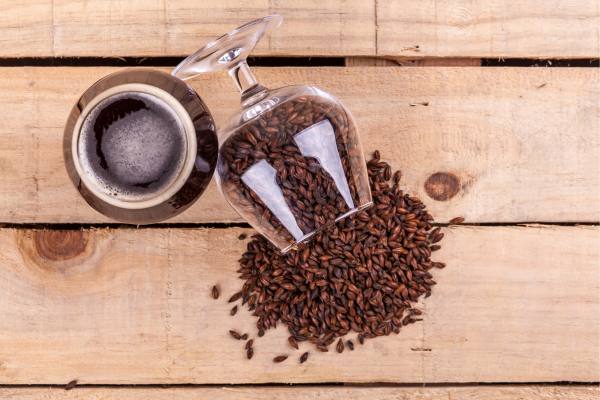
Hops play a secondary role in brown ales, providing bitterness to balance the sweetness of the malt.
English hop varieties, such as Fuggles or East Kent Goldings, are often used in traditional brown ales, while American brown ales may incorporate more assertive, citrusy hop varieties like Cascade or Centennial.
Yeast selection is also crucial in creating the desired flavor profile of a brown ale. English ale yeast strains are commonly used, as they tend to produce fruity esters and a mild, slightly sweet finish.
Bitter: An Overview
Bitter is a term used to describe a style of beer that is predominantly hop-forward, with a focus on bitterness and a balance between malt and hop flavors.
Originating in England, the term “bitter” was used to differentiate these beers from other less hoppy styles, such as milds and porters. Bitters can be broken down into three main subcategories: Ordinary Bitter, Best Bitter, and Extra Special Bitter (ESB).
Flavor Profile
Bitters are characterized by their pronounced hop bitterness, which is balanced by a supportive malt backbone. The malt flavors in bitters tend to be more subtle than those in brown ales, with a focus on biscuity, toasty, and sometimes nutty notes.
The hop flavors can range from earthy and herbal to floral and fruity, depending on the hop variety used. Bitters are typically dry and crisp, with a clean finish that encourages another sip.
Ingredients
The malt bill for a bitter tends to be simpler than that of a brown ale, often consisting of a pale ale or Maris Otter base malt, along with small amounts of specialty malts to add color and subtle flavor. Crystal malts are sometimes used to provide a hint of sweetness and enhance the malt character.
Hops are the star of the show in bitters, providing the assertive bitterness and flavor that define the style. Traditional English hop varieties, such as Fuggles, East Kent Goldings, and Challenger, are commonly used, providing earthy, herbal, and floral notes.
Yeast selection is important in bitters, as it can greatly impact the overall flavor profile. English ale yeast strains are typically used, as they tend to produce a subtle fruity ester character that complements the hop flavors.
Historical Context and Regional Variations
Both brown ales and bitters have their roots in England, where they were brewed as early as the 18th century. However, their popularity and influence have spread far beyond their country of origin, with regional variations emerging around the world.
English Brown Ale
The original brown ale, English Brown Ale, is a malt-focused beer with a mild hop presence. The malt character is rich and complex, with caramel, toffee, and chocolate notes taking center stage. English hop varieties provide a subtle earthy and herbal bitterness to balance the malt sweetness. English Brown Ales tend to have a moderate alcohol content, usually ranging from 4% to 5.5% ABV.
American Brown Ale
American Brown Ale is a more assertive take on the traditional English style, with a stronger hop presence and more robust flavors.
American hop varieties, such as Cascade and Centennial, provide a more pronounced citrusy bitterness and flavor, while the malt profile remains rich, with caramel, chocolate, and roasted notes. American Brown Ales typically have a slightly higher alcohol content than their English counterparts, ranging from 5% to 6.5% ABV.
Belgian Dubbel
Belgian Dubbel is a strong, dark brown ale that originated in the Trappist monasteries of Belgium. The malt character is rich and complex, with flavors of caramel, toffee, raisins, and dark fruit.
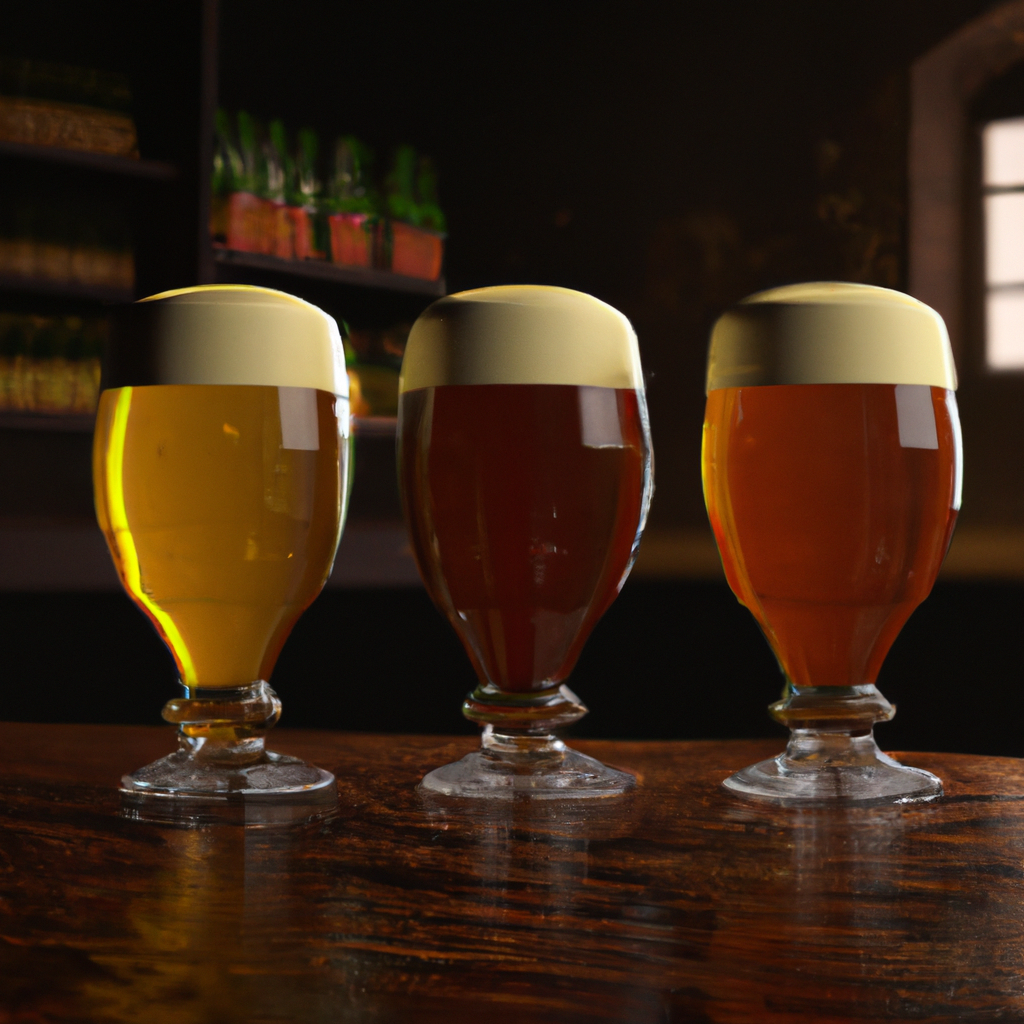
The hop presence is minimal, providing just enough bitterness to balance the malt sweetness. Belgian yeast strains produce fruity esters and spicy phenols that add depth and complexity to the overall flavor profile.
Belgian Dubbels are typically higher in alcohol than other brown ales, ranging from 6% to 8% ABV.
Ordinary Bitter
Ordinary Bitter is the lightest and most sessionable of the bitter subcategories, with a lower alcohol content and a more restrained hop profile.
The malt character is subtle, with biscuity and toasty notes, while the hop bitterness is moderate, providing balance without overwhelming the palate. Ordinary Bitters typically have an alcohol content of 3.5% to 4.2% ABV.
Best Bitter
Best Bitter is a step up in intensity from Ordinary Bitter, with a more pronounced hop bitterness and a slightly higher alcohol content. The malt character remains subtle and supportive, with biscuity, toasty, and sometimes nutty flavors.
The hop profile is more assertive, with earthy, herbal, and floral notes from traditional English hop varieties. Best Bitters typically have an alcohol content of 4.2% to 4.7% ABV.
Extra Special Bitter (ESB)
Extra Special Bitter (ESB) is the strongest and most assertive of the bitter subcategories, with a higher alcohol content and a more aggressive hop profile.
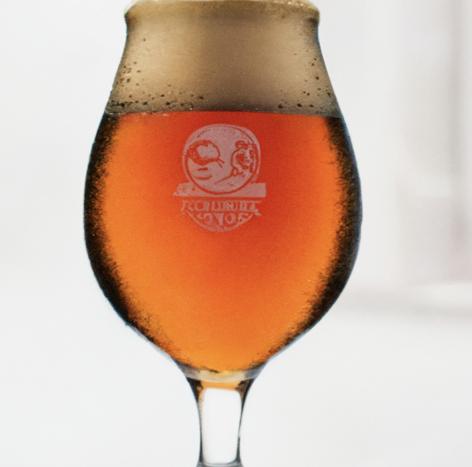
The malt character is more prominent than in Ordinary and Best Bitters, with biscuity, toasty, and sometimes caramel flavors. The hop bitterness is pronounced, with earthy, herbal, and floral flavors from traditional English hop varieties. ESBs typically have an alcohol content of 4.7% to 5.5% ABV.
My Experiences Brewing Brown Ales and Bitters
I have had the pleasure of brewing both brown ales and bitters on numerous occasions, and each experience has taught me something new about these styles and their distinct characteristics. Here are some personal insights and tips I have gathered from my brewing adventures:
Brown Ale Brewing Tips
1. Focus on the malt: The malt profile is the heart and soul of a brown ale. Don’t be afraid to experiment with different specialty malts to achieve the desired flavor profile, but always ensure that the malt character remains balanced and smooth.
2. Pay attention to yeast selection: The choice of yeast strain can greatly impact the overall flavor profile of a brown ale. Look for English ale yeast strains that produce fruity esters and a mild, slightly sweet finish.
3. Keep the hop profile in check: While hops play an important role in balancing the sweetness of a brown ale, they should not overpower the malt character. Focus on using English hop varieties with earthy and herbal flavors that complement the malt.
Bitter Brewing Tips
1. Emphasize hop flavor and bitterness: The defining characteristic of a bitter is its hop-forward profile. Experiment with different English hop varieties to find the perfect balance of earthy, herbal, and floral flavors.
2. Keep the malt profile simple: While the malt character in a bitter should provide a supportive backbone, it should not overshadow the hop flavors. Stick to a simple malt bill with subtle biscuity, toasty, or nutty flavors.
3. Choose the right yeast strain: As with brown ales, the yeast strain used in a bitter can greatly impact the overall flavor profile. Look for English ale yeast strains that produce subtle fruity esters that complement the hop flavors.
Conclusion
In conclusion, the main difference between brown ales and bitters is that brown ales are malt-focused beers, featuring caramel and chocolate flavors, while bitters are hop-forward beers with a more pronounced bitterness and herbal or earthy flavors.
Both styles have their roots in England and have evolved into distinct regional variations around the world.
As a brewer, I have enjoyed exploring the nuances of these styles, and I encourage fellow brewers to experiment with both brown ales and bitters to discover the depth and complexity they have to offer.
To recap, here are 10 key facts about brown ales and bitters:
1. Brown ales are malt-focused, with caramel and chocolate flavors.
2. Bitters are hop-forward, with a pronounced bitterness and herbal or earthy flavors.
3. Both styles originated in England.
4. Brown ales include English Brown Ale, American Brown Ale, and Belgian Dubbel.
5. Bitters include Ordinary Bitter, Best Bitter, and Extra Special Bitter (ESB).
6. Brown ales typically use a variety of specialty malts, while bitters have a simpler malt bill.
7. English hop varieties are commonly used in both styles, though American brown ales may feature more assertive, citrusy hops.
8. Yeast selection plays a crucial role in both styles, with English ale yeast strains being preferred.
9. Regional variations of both styles have emerged around the world.
10. As a brewer, focusing on the malt character for brown ales and the hop profile for bitters is essential in crafting delicious examples of these styles.
FAQs
Is a bitter the same as an ale?
No, a bitter is a type of ale, but not all ales are bitters.
What makes a beer a brown ale?
Brown ales are characterized by their deep amber to dark brown color, with a malty flavor and low hop bitterness. They typically have a medium body and a slightly sweet finish, with notes of caramel, toffee, and nuts. Brown ales can vary in alcohol content, but most fall in the range of 4-6%.
Why are ales called bitters?
Ales are called bitters because they typically have a bitter taste due to the use of hops in the brewing process.
What is a brown ale vs stout vs porter?
Brown ale is a lighter, sweeter beer with a nutty flavor, while stout is a dark, roasted beer with a creamy texture and coffee or chocolate notes. Porter is similar to stout but has a slightly lighter body and less roasted flavor.
What makes an ale a bitter?
An ale is classified as a bitter based on its hop content, which provides a distinct bitterness and aroma to the beer. Bitters typically have a moderate to high hop bitterness and are often characterized by their earthy, floral, or citrusy hop flavors.
What is the difference between a stout and a brown ale?
Stouts are typically darker and have a roasted flavor profile due to the use of roasted barley, while brown ales are lighter in color and have a more nutty, caramel flavor profile.

